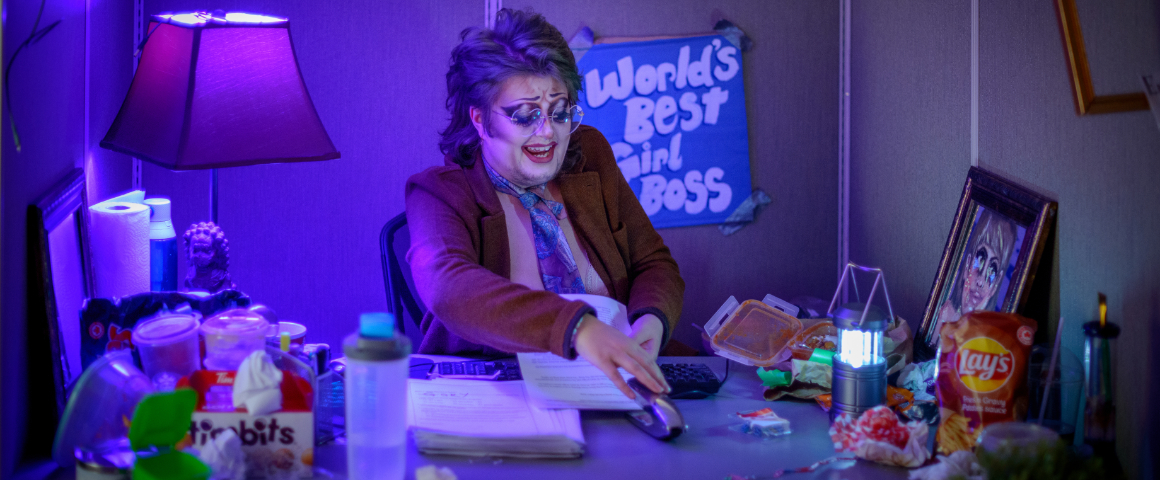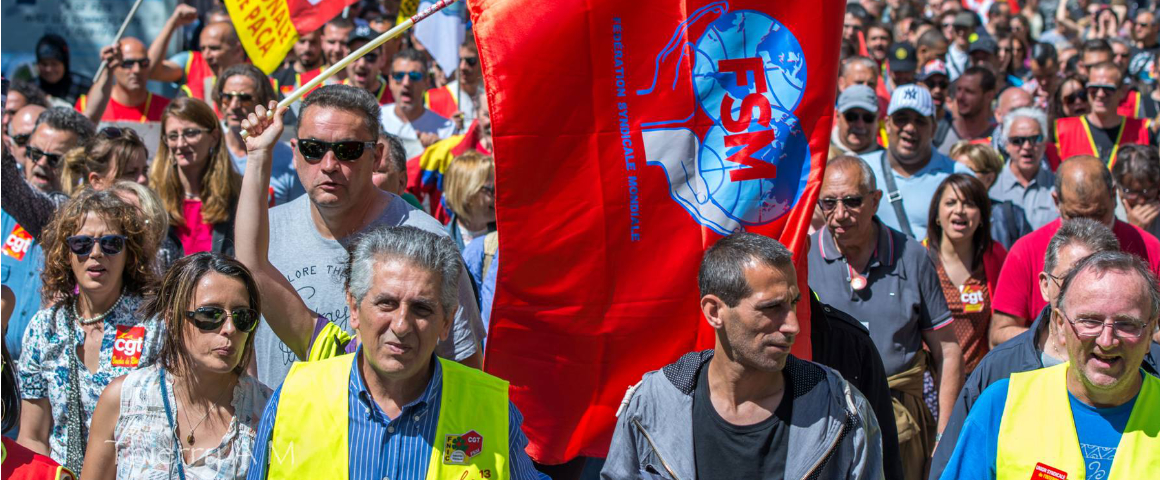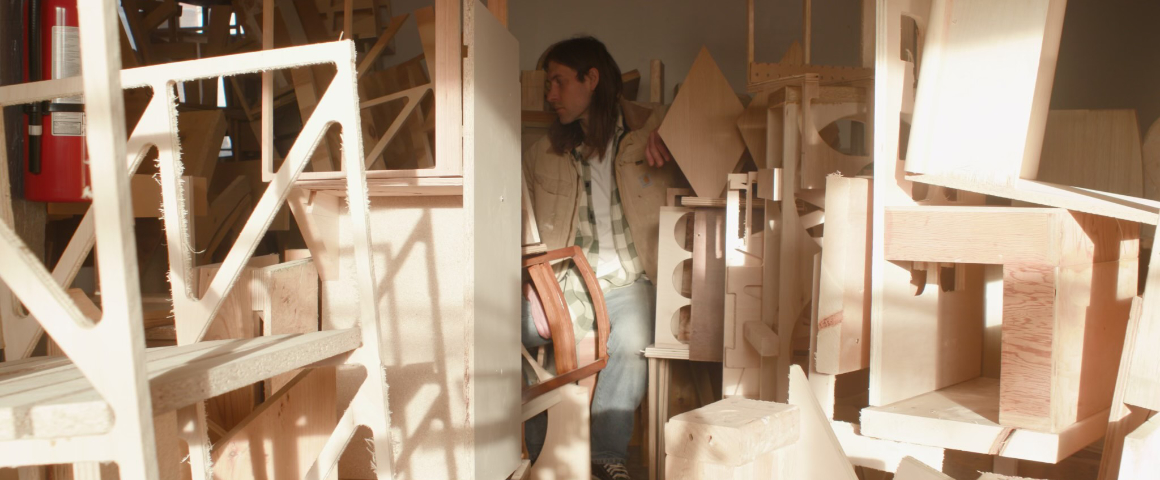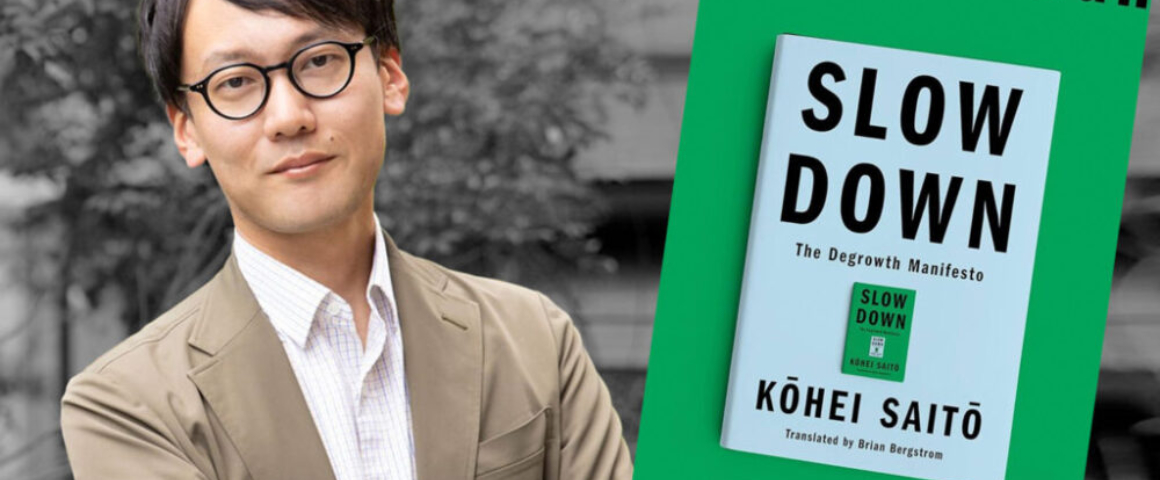The Labourinth provides a relatable and eloquent metaphor for class solidarity
By Ky Rees
Part of the HOLD FAST contemporary art festival in St. John’s, the one-night exhibition of The Labourinth by drag troupe The Phlegm Fatales had me never wanting to clock-out. This exhibition of interactive performance art saw “Phlegmcorp” established inside a closed office building which was rather perfect for their purposes: imagined as a horrific office, where participants were “new hires”, walking through a queer version of a fairground haunted house.
Upon entering at Reception, participants received nametags reading “Gary” and then wandered counterclockwise past the Human Resources department, a lewd Customer Service department, followed by an eerie Fabrication display, before finally conducting their exit interviews as they passed the final cubicle. Each setting was staffed with a drag artist from the Phlegm Fatale troupe: Irma Gerd as the manic receptionist toggling between four keyboards; Madame Daddy as the HR rep with an ironically unorganized desk; Wych Hazel as the sadomasochist applying X-rated “service” to customers complaints; Eda Kumquat as the soused senior agent nursing her burn-out; Violet Drake as the warden for \garbagefile (sic) who was cast as the “Special Product” on display; and finally the deadpan Liezel Hues for our exit interview. Each room was delightfully campy while maintaining the omnipresent moodscape of disorientation and malaise you would expect for from a (queer) haunted house.
I sat down afterwards with Irma, Eda and \garbagefile (hereafter “Backslash” for ease of reading) for an interview to unpack this riveting work of performance art. Funnily enough, The Labourinth’s genesis arrived by a happy accident. While brainstorming, the group was already married to a haunted house format; however, it was when one member mispronounced “let’s make it like a labyrinth” that inspiration struck! From there the group was sold on the thematic potential of an “office haunted house” setting. Backslash tells us, “We began our discussions with the question of ‘how do we as trans people exist within workforces? And so, we just allowed ourselves to spiral in conversation about our lived experiences.” These experiences are characterized by bureaucracy, transphobia, survival sex work, as well as the balm of substance use.
Bringing Phlegmcorp from concept to reality in just six weeks meant many busy double shifts. Moreover, the troupe’s aspirations were “limited by the amount we’re going to be paid for this artistic labour from a nonprofit arts organization, which itself has precarious funding.” Eda Kumquat offers their own heartfelt story: “I just finished working on a major studio film and worked 20 consecutive days, some of the most stressful of my career. I experienced and am still experiencing burn out. In film and television, there is not a true work-life balance … [the job] robbed me of valuable time that I wanted to devote to [Labourinth], and it made me really angry and depressed … working all those days, it took this joy from me.”
Given the modest availability of festival funding, particularly when split six ways, the troupe scavenged the materials for decoration, innovating from plastic bags and junk donations. However, as all good artists do, they transmuted these ordinary materials into an astounding grand illusion, greater than the sum of its parts.
Backslash notes that “working within the context of non-profits and festivals etcetera, actually forcibly replicates the torturous structures within [wage jobs].” Eda Kumquat adds, “There is a greater conversation that could be had about film and television and how it consumes the workers. And how it truly robs people of experiences that they will never get back.” This insight into the relations of productions within arts & entertainment under capitalism was painfully clear that night, as Backslash remarks that if they had seriously been injured as a contortionist during their performance, “I would lose my drag gigs and income for the foreseeable future,” with no recourse.
In their scripting process, Irma says the group “didn’t have one single message” but shared Eda’s sentiments that in our society we often “scold each other for doing things wrong that you can’t do wrong.” Backslash interjects that “concepts like gender or money are inventions that have no innate value whatsoever. If we threw the rulebook out, we could go full green and sustainable technology right now! We could just do it, but it’ll never happen, because it’s agreed there’s this system we absolutely have to adhere to, or the social fabric of the world would fall apart.” Backslash, after their perhaps accidental allusion to Marx’s superstructure, ends with a salient materialist argument that “we’re sacrificing the actual material fabric of the world for this imaginary social fabric.”
“We want people to feel kinda frustrated, in a comical campy way, the futility of what they’re doing here,” says Irma. The Phlegms wanted the audience to share their frustrations with labour, gender and capitalism while walking through Phlegmcorp. Irma elaborates: “You walk in, you’re immediately told that you’re late. You’re asked to sign forms with pens that don’t have ink. You’re asked to proceed yet hindered from proceeding. Rushed through then told to backtrack to another department.”
Nestled in complex layers of criticism, Labourinth took direct aim at the bedfellows of neoliberal capitalism, including: alienation of the worker (we were all “hired” but left aimless), commodification of worker’s bodies (the “Special Product” was a contorted and distressed naked body on display behind a plastic enclosure), manufactured scarcity (some participants were given required items, paperclips, that others did not have), carceral capitalism (the space imposed a feeling of entrapment, including CCTV and signs reminding us “you’re here forever”), and the absurdity in the immutability of both gender and money which they identified as both being social constructs. These concepts and elements were clear to me as a participant, and bravo to the performers for communicating these themes entirely through ad-libbing and improv!
The setting complimented the actors’ efforts well. Curated soundscapes meant to evoke emotional responses changed from room to room, with great attention to props and other small details. Some noteworthy examples were the use of distorted audio files from corporate worker orientation videos, which made me shudder with my own orientation nightmares. Another that hit even closer to home was a garbled track playing a real-life transphobic altercation Eda had with two coworkers concerning their gender identity. These intense moments were always carefully tempered, like when I passed by a damp, quarter-metre crawlspace leading into the building’s plumbing – not much larger than the lamp illuminating it was a cheeky sign saying “Gary’s Office” – which made one lust for a drab cubicle instead.
One of the most powerful moments involved the metaphor of the coveted red paper clip. The most innocuous object within the exhibit, a red paper clip, was a deeply relatable and eloquent metaphor for class solidarity.
“Early on, you’re reminded to leave a gift for Marge, whose birthday it is today,” recounts Backslash. “But you couldn’t care enough to remember that or get her a gift. Luckily, you are told one of her favourite things are red paper clips.” You are given a paper clip at Reception when you fill out your hiring forms with Irma and are told it is your “Welcome Bonus.” Immediately participants are given a choice: show solidarity and give away their “Bonus” to Marge or keep it for themselves. Irma explains, “The reason why it was a red paper clip is that urban legend of a man who traded a red paper clip for a sparkly pen, then the pen for a notebook… he kept trading up and trading up until eventually he traded for a house.” Irma says the red paper clip was meant as a commentary on meritocracy, the myth that someday we might all be wealthy if we simply made smarter financial decisions than giving $5 to Marge’s birthday fund.
The Phlegm Fatales are on Facebook and Instagram @PhelgmFatales
Photo: Ethel Brown from M+E Photography
[hr gap=”10″]
Get People’s Voice delivered to your door or inbox!
If you found this article useful, please consider subscribing to People’s Voice.
We are 100% reader-supported, with no corporate or government funding.




